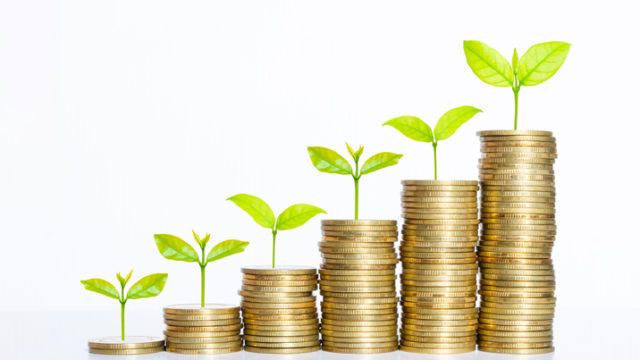Growing awareness among stakeholders of the climate emergency has spurred the development of the green bond market to the point where more investors now see it as an attractive alternative to conventional debt.
This is accelerating in line with multiple commitments to carbon neutrality by issuers and investors. It is also a response to pressure from regulators, which often require companies to report on climate efforts.
“Green bonds are an ideal instrument because they allow issuers to identify specific projects to which investors can explicitly allocate their capital,” said Johann Plé, portfolio manager at Axa IM.
Increased transparency on the use of funds is also a notable advantage over conventional obligations.
“For investors, this is a way to reduce their risks and seize opportunities. It requires them to select green bonds based not only on the projects they finance, but also on the overall strategy of their issuers,” explained Plé.
In this way, investors avoid those most exposed to climate change. Instead, they can target those best able to take advantage of changing demand.
Growing exposure
As part of an investor’s overall allocation, the green bond universe offers a balanced risk profile.
Companies account for roughly 50% of issuance – double that of the traditional bond universe – yet retain a similar sensitivity to rates.
As a result, the rise in rates and the widening of credit risk premiums in recent months have made the green bond universe attractive compared with conventional bonds.
According to Axa IM, investors that take an active approach are more likely to realise these opportunities.
“Not all green bonds are equal and one should not invest indiscriminately across the universe. Otherwise, this would mean investing in issuers which have some green projects but have no desire to improve their climate profile,” said Plé.
For example, Axa IM excludes airports; while they propose projects to improve their energy performance, they continue to expand and develop air transport – which, the firm believes, doesn’t make sense for a green investor.
Furthermore, Plé said it is possible to generate excess returns by actively managing the “greenium”, the slight price differential seen between green and conventional bonds of the same issuer, due to the strong demand for green bonds.
“This premium, while low, varies significantly over time,” he explained. “For German 10-year debt, for example, it went from 1bp to issue at 7bps before returning to 5bps. An active manager can exploit this dynamic.”
Green innovation
In response to some green bond investors seeking yield and unconstrained duration management, Axa IM has developed a more concentrated green strategy that focuses on high yield and emerging issuers.
“Alongside this, flexible duration management allows us to navigate through market cycles,” said Plé.
The firm has also created a strategy on social bonds, which targets issues such as job preservation and access to education. To enable greater diversification in this space, it invests in sustainability bonds that combine environmental and social projects and up to 25% in conventional bonds from those issuers well-positioned for sustainable development objectives.

















